
List the planets of the solar, in their order going away from the sun.

What is the solar system?

The Sun is the ___________ object in the Solar System. It contains ___.__% of the total mass of the entire Solar System.
It mostly consists of __________ and helium. The Sun is massive compared to the Earth. Its diameter is over _____ times that of the Earth.
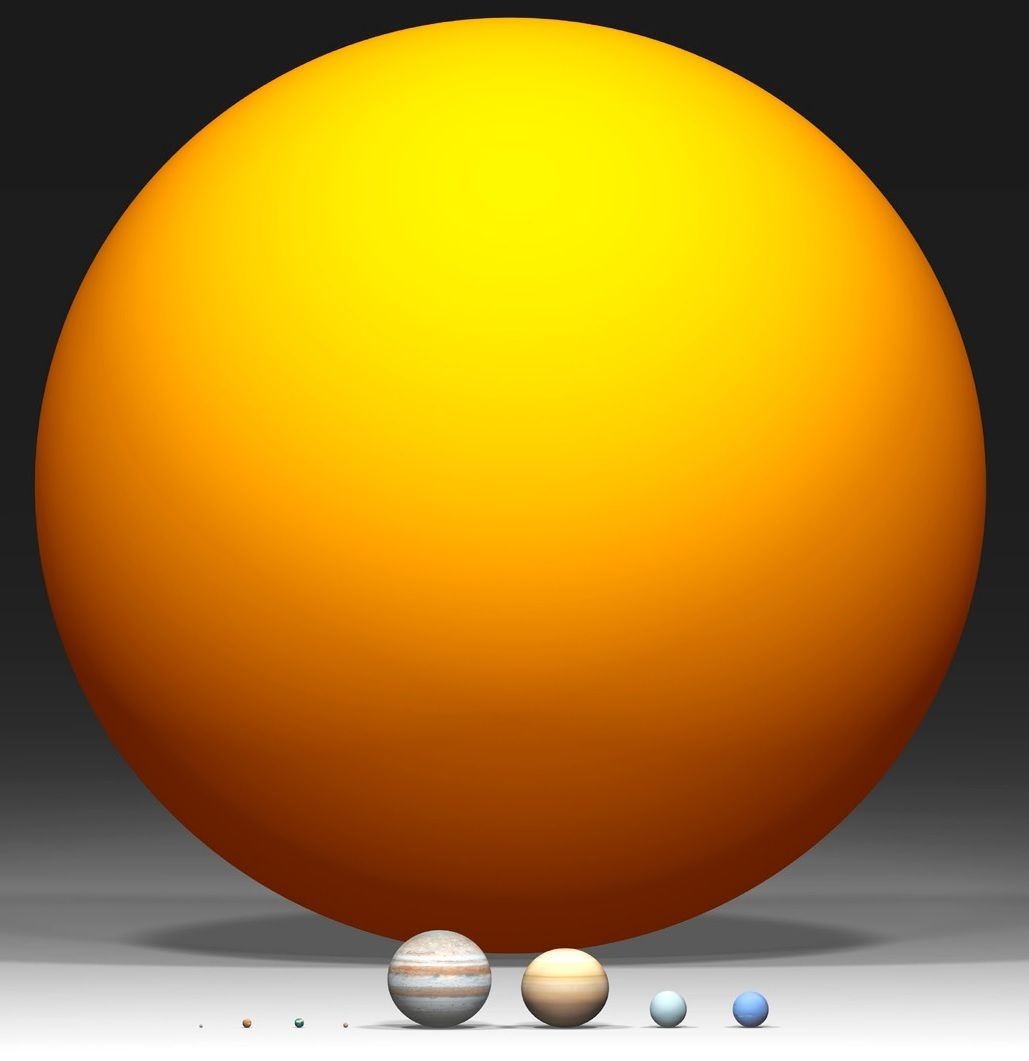
The Sun is the source of nearly all the _____________ we receive on Earth.
The energy source is nuclear __________. In nuclear fusion, _____________ nuclei are joined together to make helium ________.
This releases enormous amounts of ___________.
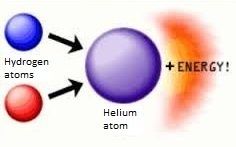
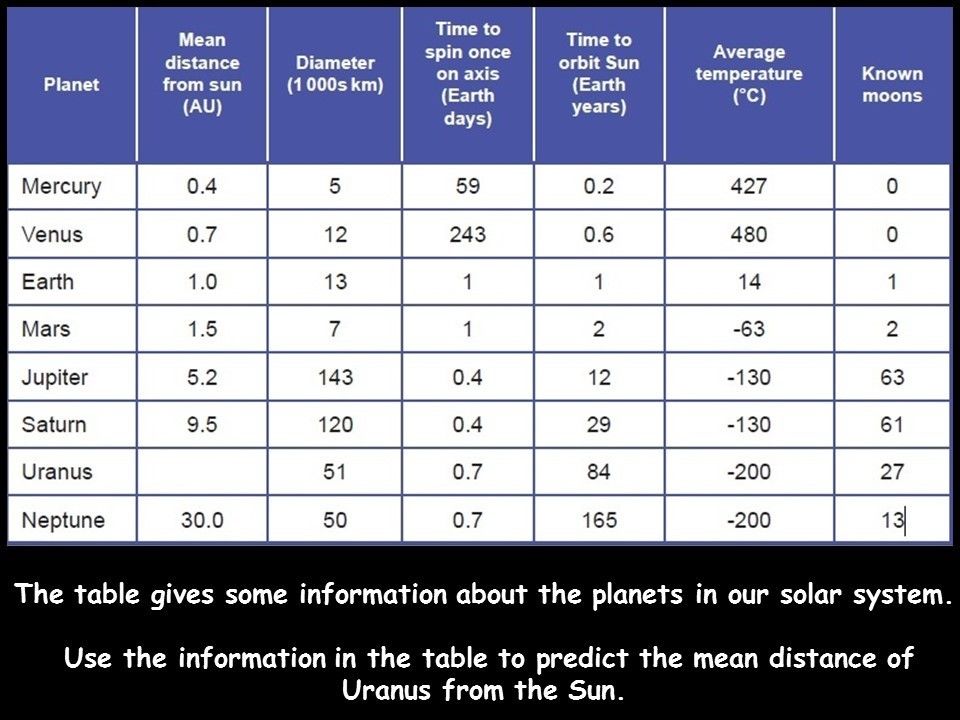
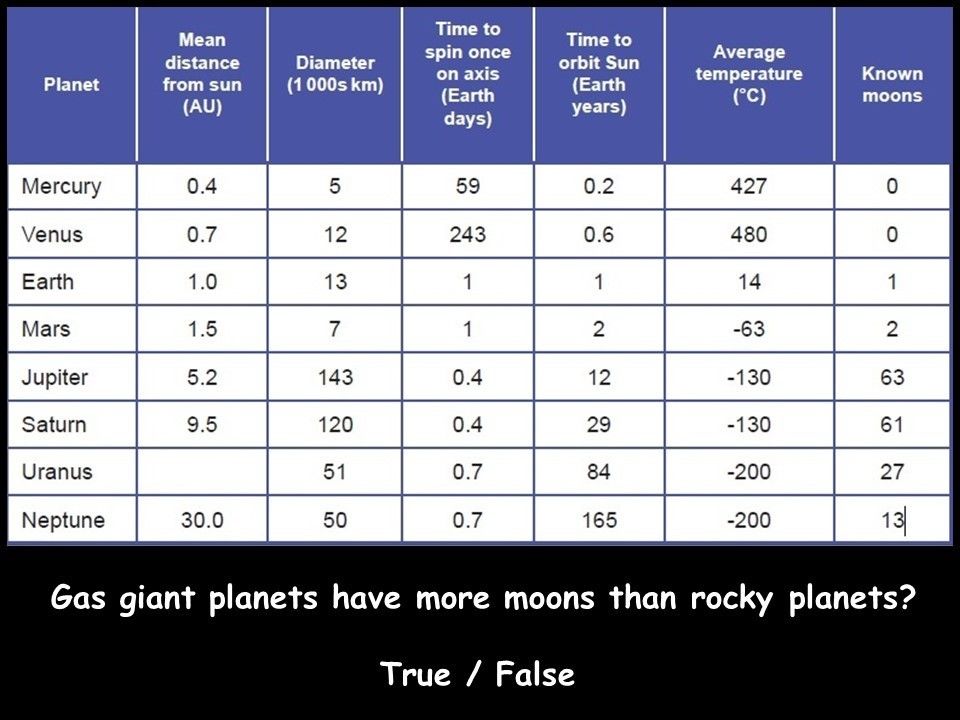
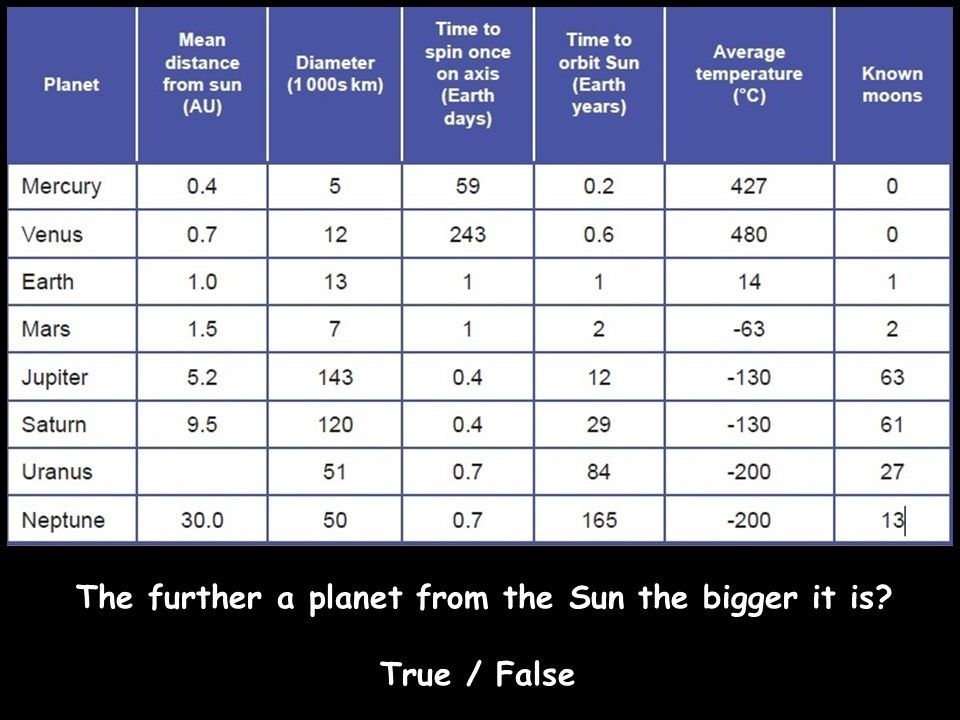
The universe began as the result of an ………… known as the Big Bang.
The universe continues to …………. away from the Big Bang.
The universe is estimated to be 13.5 thousand …………… years old.

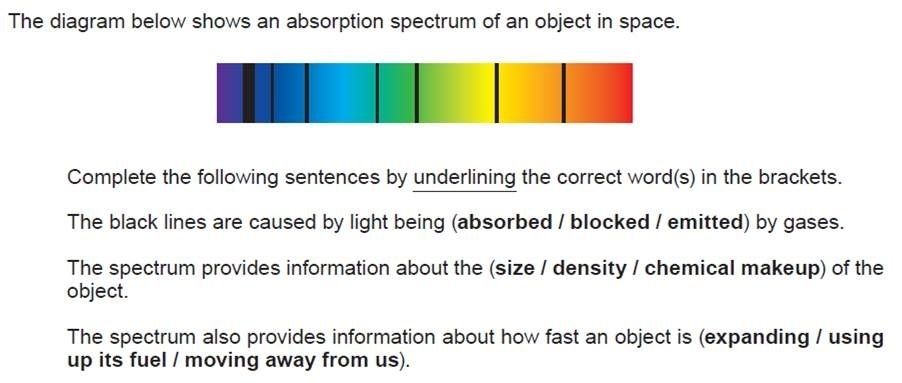
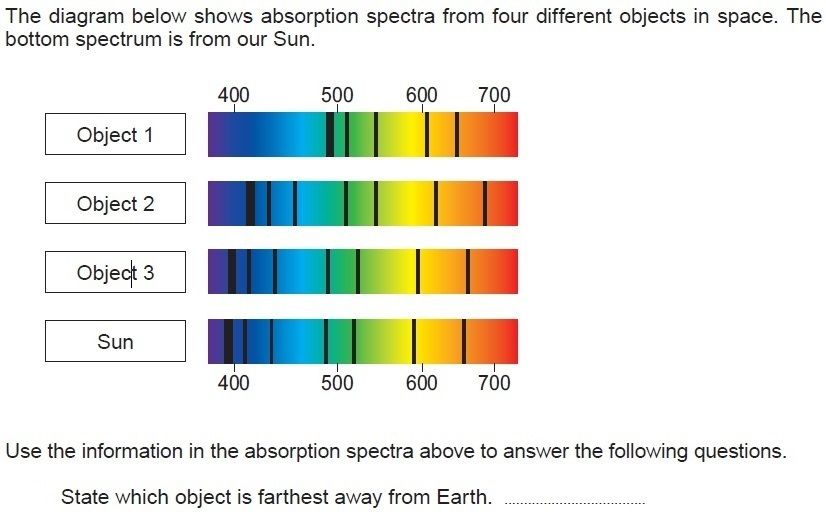
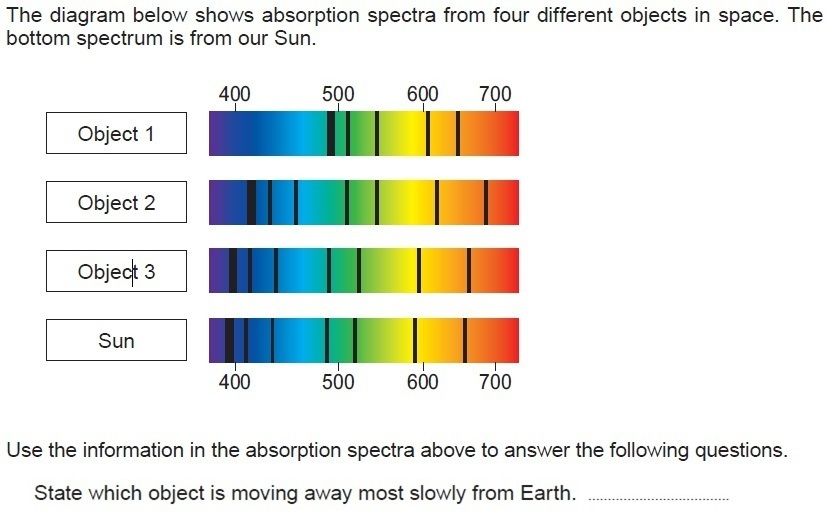
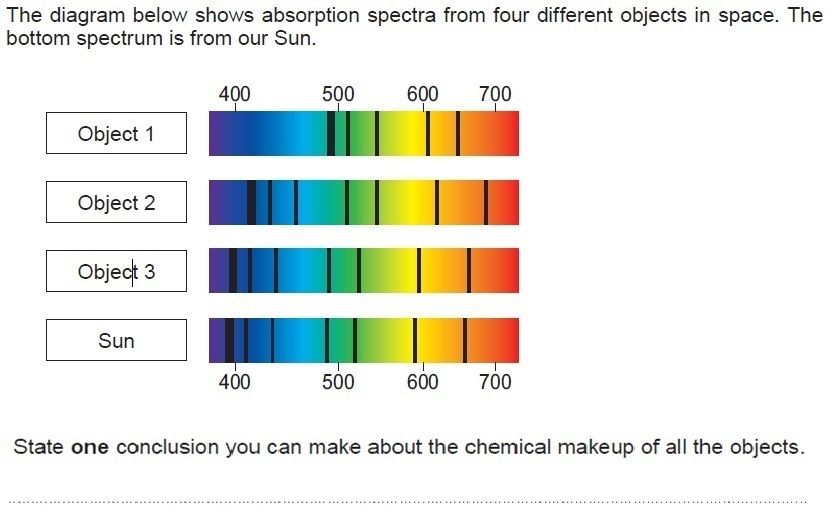
The Big Bang theory suggests the Universe exploded from a single point
about 13.7 billion years ago.
How does the presence of Cosmic Microwave Background Radiation (CMBR) support this theory?

The name of the region from which it is believed that comets originate is the:
A Oort cloud
B Asteroid belt
C Inner part of the Solar System
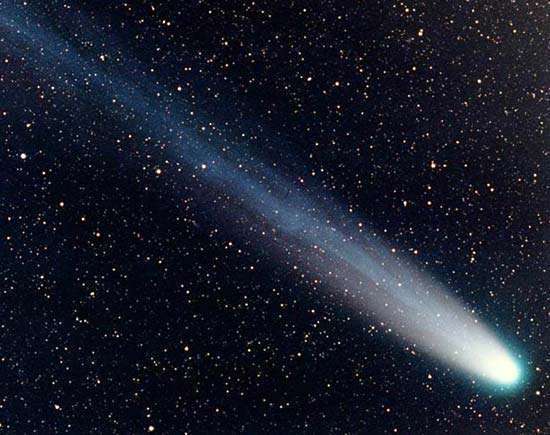
There are estimated to be between 100 and 400 ________ stars in the galaxy that contains our own solar system, the _________ _____.
These stars are very ____ ______ and can only be examined by powerful ______________ using the
___________________ radiation emitted from them.
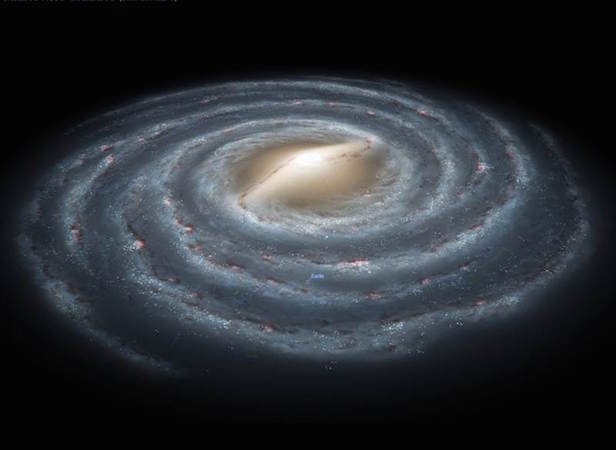

Light is a small part of the _________________ spectrum which our eyes are able to detect.
All forms of electromagnetic
radiation:
• travel at the ______ ________ in a vacuum – ‘the speed of light’
• are _______________ waves
• can be reflected and ___________________
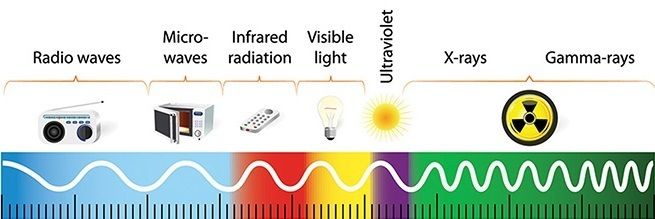
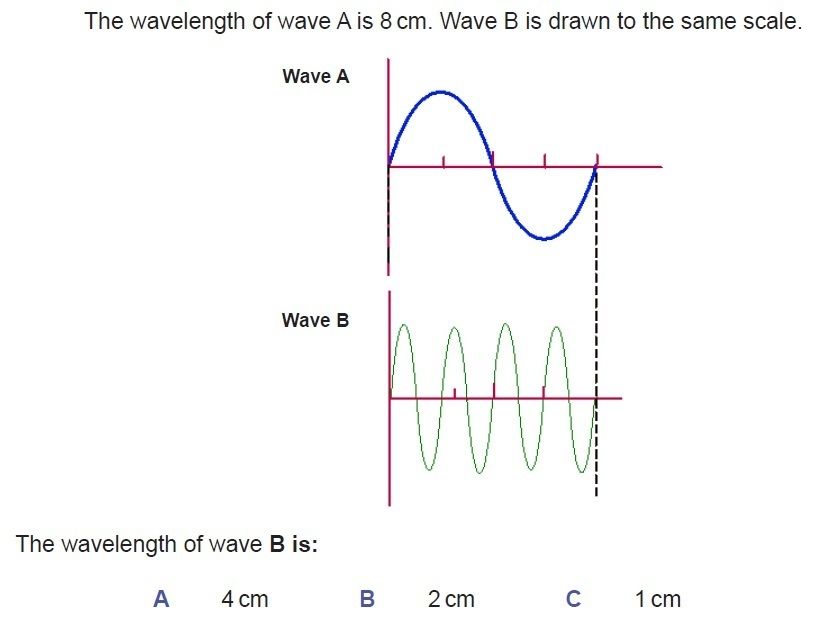
Use the equation:
frequency =
velocity ÷ wavelength
to calculate the frequency of a radio wave with a wavelength of 2.0 m.
wave speed = 300,000,000 m/s

The part of the electromagnetic spectrum used to detect CMBR is:
A microwave
B radio wave
C infrared
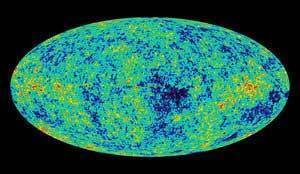
The part of the electromagnetic spectrum used to measure the temperature of planets is:
A microwave
B infrared
C ultraviolet
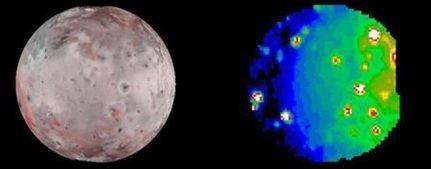

 Hide known cards
Hide known cards